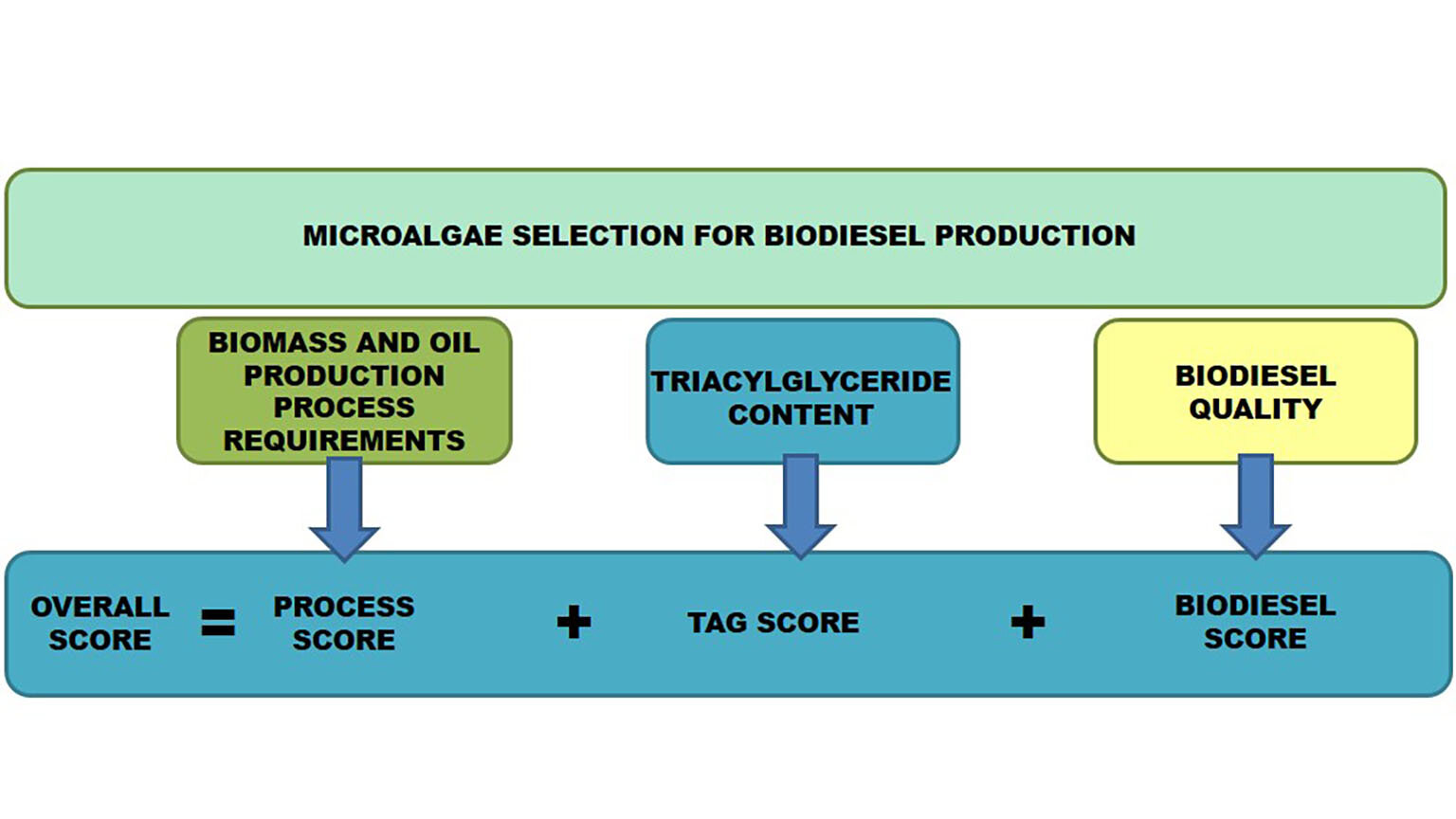#Vulnerability for at-risk populations identified in US influenza data
“#Vulnerability for at-risk populations identified in US influenza data”

A next-generation system for monitoring influenza outbreaks performs well overall, but reveals a critical lack of sufficient data to accurately monitor influenza in the most at-risk communities. Samuel V. Scarpino of Northeastern University in Boston, MA, and colleagues from the University of Texas at Austin present these findings in PLOS Computational Biology.
Individuals with lower socioeconomic status have a higher risk of influenza-related complications and hospitalization, due in large part to reduced access to healthcare. Increased accuracy of disease monitoring and forecasting is needed to improve public health efforts that address these disparities. While new data sources hold promise for improving disease monitoring, their potential remains unclear.
Scarpino and colleagues developed a new influenza-monitoring system that combines traditional data from outpatient clinics with data from electronic medical records and internet searches. They used the system to make predictions about influenza-related hospitalization rates in the Dallas-Fort Worth metro area in Texas between 2007 and 2012 and compared the predictions to real-world rates.
The new system performed well for higher socioeconomic brackets, but was unable to accurately predict hospitalization rates for the lowest-income quartile of ZIP codes in the study area. Accounting for differences in population size and other key factors, individuals living in these neighborhoods had two to three times higher rates of hospitalization for influenza.
The discrepancy in prediction accuracy is likely due to bias or under-sampling in the data used to power the predictions. The authors speculate that inequalities that reduce access to care also increase the chance of data gaps and biases.
“Understanding how and why disease risk and health burden vary by socioeconomic status, race, ethnicity, immigration status, and other factors is essential for supporting a healthy and equitable society and economy,” Scarpino says. “Otherwise, new machine-learning and big-data systems are likely to perpetuate the existing biases of traditional decision-making systems.”
More information:
Scarpino SV, Scott JG, Eggo RM, Clements B, Dimitrov NB, Meyers LA (2020) Socioeconomic bias in influenza surveillance. PLoS Comput Biol 16(7): e1007941. doi.org/10.1371/journal.pcbi.1007941
Vulnerability for at-risk populations identified in US influenza data (2020, July 9)
retrieved 9 July 2020
from https://phys.org/news/2020-07-vulnerability-at-risk-populations-influenza.html
This document is subject to copyright. Apart from any fair dealing for the purpose of private study or research, no
part may be reproduced without the written permission. The content is provided for information purposes only.
If you want to read more Like this articles, you can visit our Science category.
if you want to watch Movies or Tv Shows go to Dizi.BuradaBiliyorum.Com for forums sites go to Forum.BuradaBiliyorum.Com




